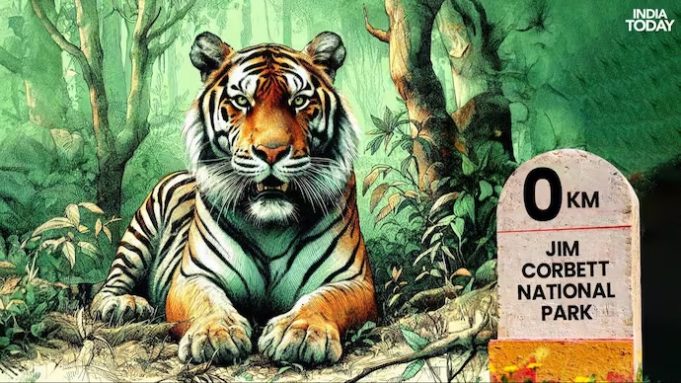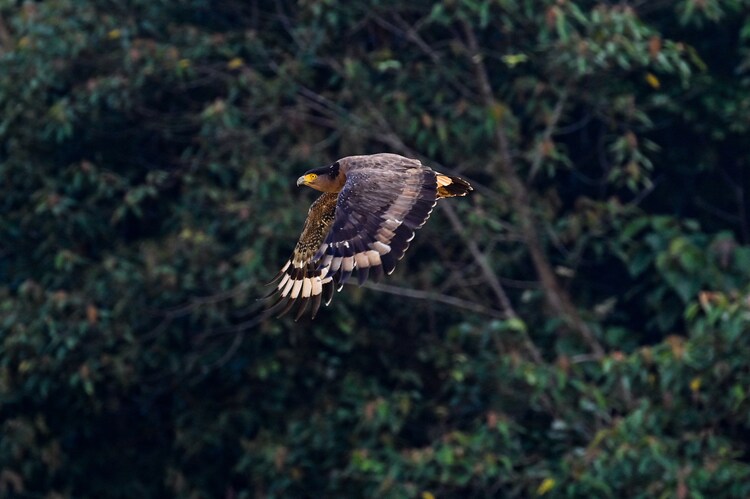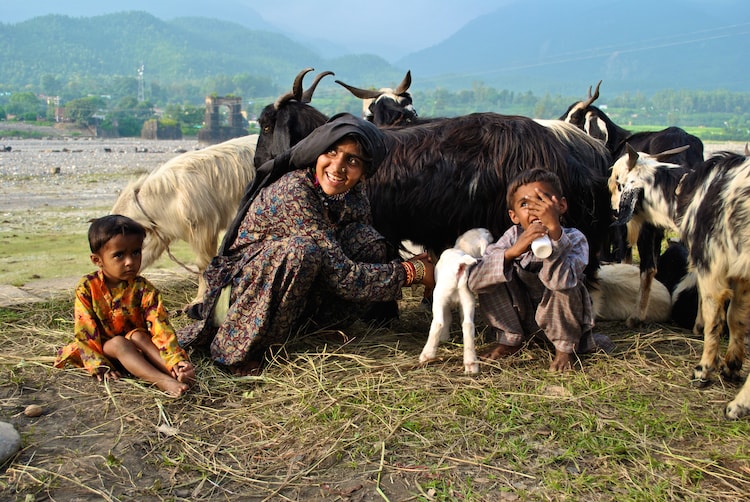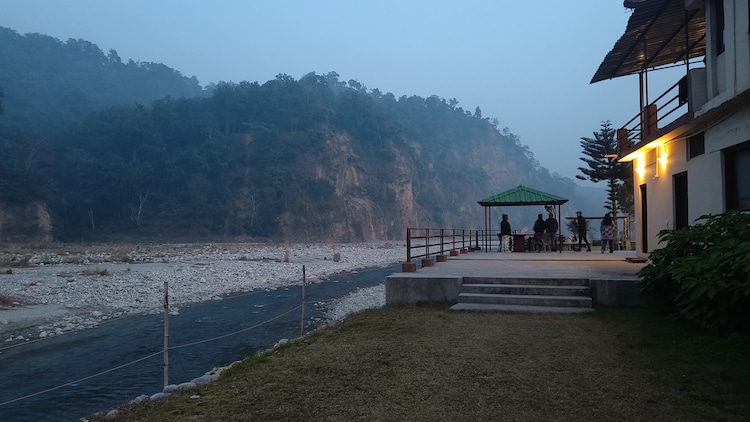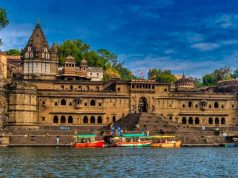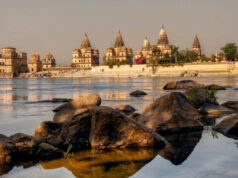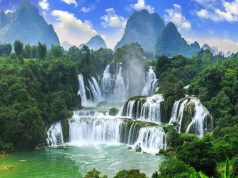About Jim Corbett National Park
Jim Corbett National Park is nestled in the lap of the majestic Himalayas in Uttarakhand. Established in 1936 as Hailey National Park, it was later renamed in honour of the legendary British hunter-turned-conservationist, Jim Corbett.
Corbett is home to a diverse array of wildlife, including elephants, leopards, crocodiles, and numerous species of deer and birds.
Safari rides are not just about the tigers
The first thing you ask a person who has been on a safari ride in Jim Corbett is – ‘tiger dekha?’
However, the question should be – ‘kya kya dekha?’
While tigers take centre stage, the park is also home to a diverse array of wildlife, including leopards, elephants, spotted deer, and the endangered gharial.
The national park offers a range of activities for visitors, from thrilling jungle safaris to tranquil nature walks. The Dhikala Zone, Bijrani Zone, Phato Zone, Sitabani Zone Durga Devi Zone, Garjia Zone and Jhirna Zone are among the different areas that provide distinct experiences, allowing visitors to explore the park’s varied landscapes.
Avian wonderland
Jim Corbett National Park is a birdwatcher’s paradise, boasting a remarkable diversity of avian species. The park is home to over 600 bird species, including the crested serpent eagle, the great hornbill, Indian pitta, kingfishers, himalayan bulbul, grey-headed fishing eagle and Indian Peafowl.
Take your binoculars along, and you can spot some really beautiful and rare migrating birds as well.
Floral extravaganza
Beyond the majestic wildlife, the park is adorned with a myriad of flora. The landscape transforms with the seasons, offering a visual treat ranging from the vibrant bloom of wildflowers in spring to the lush greenery of the monsoons.
Corbett’s forests feature Kachnar, Semal, Dhak, Madaar, and Amaltas with their distinctive blooms. Sal, khair, sissoo, chir pine, and bamboo are prominent trees in the park.
The sound of rivers and streams will soothe your soul
The park is crisscrossed by numerous rivers and streams, such as the Ramganga, Kosi, and Sonanadi. These water bodies not only enhance the scenic beauty but also serve as vital lifelines for the diverse ecosystem within the park. They offer opportunities for serene boat rides, fishing, and a chance to witness wildlife congregating along the riverbanks.
Several resorts located in the region have beautiful riverfront view rooms and villas which can accommodate tourists.
Rich culture and heritage
Beyond its natural splendour, Jim Corbett National Park is immersed in a rich cultural heritage. The region is also home to indigenous communities, and a visit provides a glimpse into their traditional lifestyles, customs, and folklore.
- Van Gujjars, a nomadic tribe, have been residing in the forested areas around Jim Corbett National Park for generations. They are known for their harmonious coexistence with nature. A visit to the park offers an opportunity to interact with them and gain insights into their traditional lifestyle, which revolves around herding buffaloes and practising sustainable living.
- Tharu and Korwa communities are indigenous to the region and have their unique cultural practices and traditions. Their customs are deeply rooted in the natural environment, and a visit to the park provides a chance to witness their rituals, art forms, and traditional attire.
Intriguing folklore and stories
The indigenous communities have a rich oral tradition of storytelling, passing down myths, legends, and folk tales from one generation to another. These stories often have a deep connection to the local landscape and wildlife, adding a cultural dimension to the visitor’s experience.
Besides, music and dance are integral parts of the cultural heritage. Visitors may have the opportunity to witness traditional performances that reflect the community’s history, beliefs, and way of life.
Enjoy the local cuisine
The cuisine in the Jim Corbett region reflects the traditional flavours of the Kumaon region in Uttarakhand. You can gorge on dishes like Bhatt ki Churdkani, dabuk, aloo ke gutke, arsa, gahat ki dal and bhang ki chutney that are available at several restaurants and cafes in the area. The food is a reflection of the local taste, culinary preferences and cultivation all year round.
Don’t wait, now is the best time to visit
The best time to visit Jim Corbett is generally during the winter months, from November to February when the weather is cool and pleasant.
The park remains open from mid-November to mid-June, and during this period, you can enjoy wildlife safaris and outdoor activities without the discomfort of extreme heat. The temperature during winter ranges from around 5°C to 25°C, making it an ideal time for wildlife enthusiasts and nature lovers.
The proximity of Jim Corbett National Park to Delhi-NCR makes it a popular option for tourists’ weekend getaways.
The national park is well-connected by road from Delhi (218 km), and the journey can be completed in a few hours by car.
Luxury at its best
Want a taste of the ‘good life’ while still being in the lap of nature? The Jim Corbett region of Uttarakhand boasts a plethora of options for tourists who want the best of both worlds. Some luxurious properties give you a taste of the lavish life along with the serenity of nature.
Some resorts offer a range of activities, from archery to mountain drives. They even have the provision of a spa for people who want to indulge in something extra while still embracing the wilderness of nature.
In the end, a trip is always about the experience and quality time spent alone or with your loved one. Next time you visit Jim Corbett National Park, go with an open mind and try to soak in whatever nature has in store for you.


